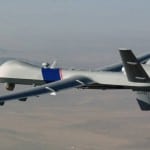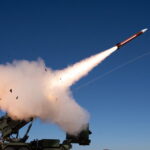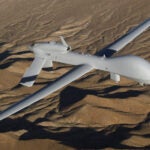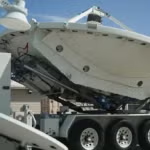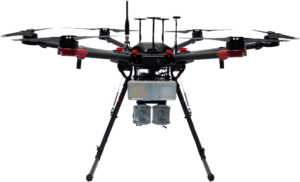
Fortem, HPE to Develop Airspace Security Solution Fortem Technologies and Hewlett Packard Enterprise [HPE] have signed an original equipment manufacturer agreement to deliver a customizable solution for real-time airspace awareness, security and data for forensic analysis. The solutions will include Fortem’s SkyDome software and TrueView radar to detect, track, categorize and assess threats, and HPE’s ProLiant DL20 Gen10 servers, which deliver security, high performance and flexibility. The solution works in private secured networks or in protected cloud settings. The companies…

 By
By 